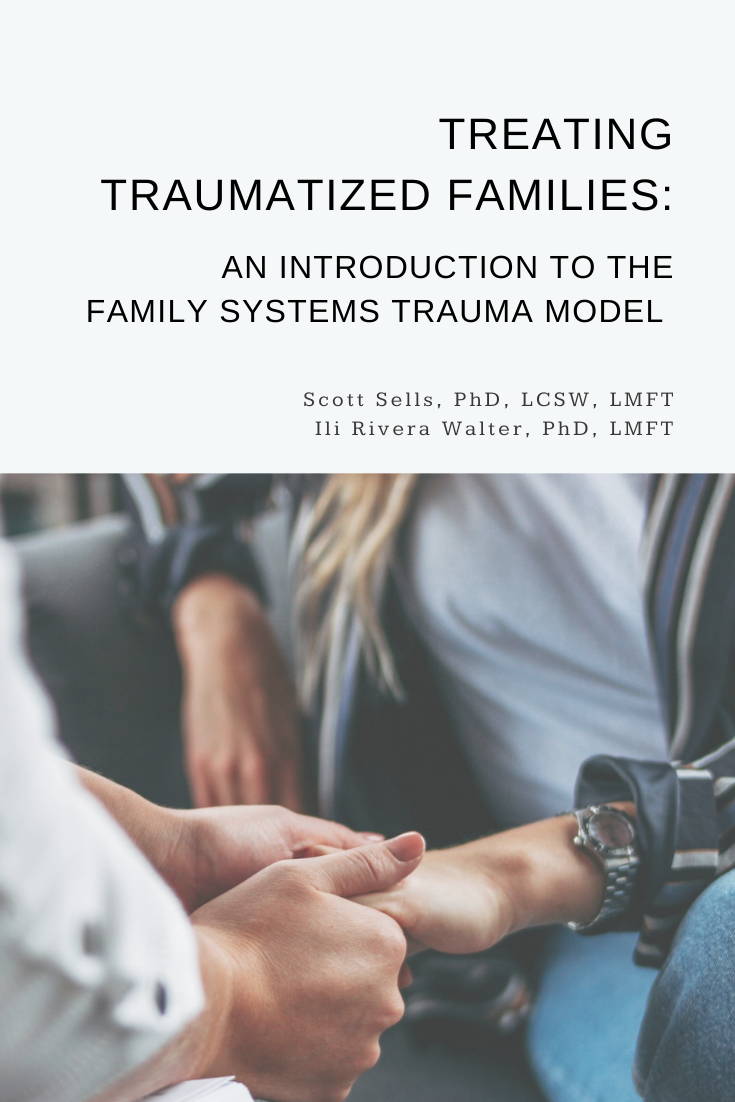Appreciative Inquiry (AI) is an approach to change that invites "what gives life" to people and systems to be noticed, discussed, and owned. This specific style of inquiry involves, "the art and practice of asking questions that strengthen a system’s capacity to apprehend, anticipate, and heighten positive potential” (Cooperrider & Whitney, 2005). The goal of AI is to build an appreciation--a positive core--within groups.
Cooperrider and Whitney (2004) developed the 4D model of Appreciative Inquiry, which involves (as you may have guessed) four steps: Discovery, Dream, Design, and Destiny. These steps, as well as the guiding principles of AI, can be used with one person, families, or large groups--within the therapeutic environment, community gatherings, or organizations--in order to generate “commitment to change” that flows from the foundation of caring conversation (Cooperrider & Whitney, 2005).
The 4D Model of Appreciative Inquiry (AI) is traditionally used for working with organizations, but, according to one of its founders, David Cooperrider, it is also applicable to working with any number of participants. This makes AI (founded on systems theory) worthy of consideration for the therapeutic context.
Appreciative Inquiry: The 4 Ds of the 4D Model
The context for the 4 Ds is the appreciative interview. Because the 4D process relies on inquiry, AI practitioners utilize carefully crafted questions to stimulate dialogue at each stage of the process.
Discovery: During this initial step, inquiry is focused on identifying and detailing the “positive core” of participants, and/or their larger system (e.g., the mother of the family, as well as the family as a whole). By generating dialogue about the "root causes of [their] success," AI practitioners assist participants in recognizing and discussing this positive core (Cooperrider & Whitney, 2005).
Dream: Through vision, curiosity, inspiration, etc., meeting participants imagine a shared future. This future, and all other D’s, is detailed as participants answer “positively powerful questions” that bring the dream, available resources, and new ideas to life (CPC, 2015).
Design: Dreaming naturally gives way to design, which is a process of challenging the status quo in order to understand the steps necessary to create the dream and bring the “positive core” to life. The design incorporates future images of what might be, grounded in real examples from the past (CPC, 2015; Cooperrider & Whitney, 2005).
Destiny: Participants are invited to collectively plan the the design of their dream. Through the experience of collective destiny, as well as the first three steps in the 4D process, participants are able to take personal responsibility for living in, inviting, and continuously creating the dream, by aligning their actions and decisions with their collectively decided future (Cooperrider, 2012).
Appreciative Inquiry: The Practitioner's Process
Now that you know the steps of the 4D Model of AI (the what), I'll explain the process of facilitation, and what is required from AI practitioners (the how).
Inquiry: Through asking questions that elicit stories of success and collective vision, practitioners create opportunities for participants to experience positive emotions and interaction. By listening and observing, as well as interviewing, practitioners show care for participants and their stories (CPC, 2015). This creates a safe space, as well as a culture of appreciation within the meeting.
AI practitioners believe that “all you have to do is ask” (CPC, 2015). People have beliefs, hopes, stories of success to share, and those resources can remain hidden without practitioners' "powerfully positive questions" (CPC, 2015).
"Knowing that questions are fateful, appreciative leaders . . . embed values in questions, and 'flip''negative issues into positive questions, thereby fostering new organizational and community realities" (CPC 2015).
Illumination: Illumination involves highlighting and affirming abilities, and thereby inviting team members to see differently--to see not only their abilities, but also the abilities of others. This generates confidence and courage among participants.
“[Illumination] involves the conscious cultivation of positive dialogue, a commitment to discovering the root causes of success, and the practice of appreciative coaching to bring out the best in others," (CPC, 2015)
Through illumination, practitioners activate an ongoing process of seeking, seeing, sharing, and aligning (CPC, 2015).
Inclusion: AI practitioners treat every participant and communication within the meeting as valuable and necessary.
"In order for decisions and plans for the future to satisfy and serve diverse groups of people, all the people whose future it is must be invited into relationship within the meeting and included in dialogue and decision-making" (CPC, 2015).
Inspiration: Inspiration is the path to awakening participants' new vision and chosen possibilities for the future.
Through the strategy of inspiration, practitioners help people transcend the harsh realities of the world, organizing instead to a life-affirming purpose that supports the greater good. This often involves sharing uplifting stories, being generous with appreciation, and encouraging others to do the same" (CPC, 2015).
Integrity: AI practitioners lead with integrity--they give their best to the meeting and all participants, and they expect each participant to do the same, in the present and the future. This catalyzes a sense of responsibility toward a higher purpose (dream) during the 4D process, and helps to foster a new modus operandi for participants, which, in turn, creates change in their larger systems.
Summary
In this post, I've provided a quick overview of Appreciative Inquiry and the 4D model. The process of inquiry at every stage for AI practitioners is complex, and takes immersion in AI language as well as its particular style of questioning. If this model resonates with you, take a look at these free resources on AI, and learn more via the resources found below.
References
Cooperrider, D. (2012). What is appreciative inquiry? Retrieved from: http://www.davidcooperrider.com/ai-process/#
Corporation for Positive Change (2015). Appreciative Inquiry. Retrieved from: https://positivechange.org/how-we-work/appreciative-inquiry-ai/
Let's Chat
- What concept of Appreciative Inquiry are you interested in trying, and in what context?
- What one thing stands out to you about the 4D model?





